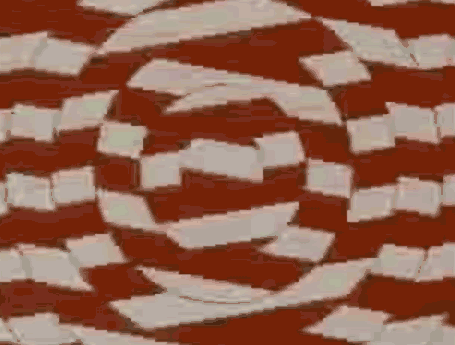I board the T in Brookline, headed for the suburbs. Instead of the usual trolley, the T is a coach bus, driven by Ricky. He narrates along the way, cracking jokes (“anyone getting off at this stop? nobody? good. man, Schneiderville is so stupid.”). We come to an end and its only dub hap or affiliated friends on the bus, and we’re at a quarry/woods spot. My bosses come by and hire me, telling me that Yoichi is also going to be hired as the new secretary.
Archive for October, 2008
site specific dream 4
Friday, October 31st, 2008Eating
Thursday, October 30th, 2008
system preferences
Wednesday, October 29th, 2008The Second Coming (for second grade)
Tuesday, October 28th, 2008 yeats
yeats
sorry bout that
Get In The Automatic Zone
Monday, October 27th, 2008
mud
Thursday, October 23rd, 2008




Muds
Fine-grained sediments are generally restricted to coastal environments where more than 90% of the modern fine-grained terrigenous sediments are trapped. However, fine sediments do collect on a limited number of shelf environments such as depressions on the shelf, or accumulations close to the shore where high river discharge into estuaries, lagoons, and deltas have filled these sediment traps and the surplus spreads onto the continental shelf in quiet water areas. Continental borderlands off California and Venezuela have deep basins as part of the shelf that trap fine-grained sediments. Both glaciated shelves and submarine canyons crossing the continental shelf also provide traps for fine-grained sediment. Near large rivers, silty clays may·be deposited because the concentration and supply of muddy sediments is so great.
Several conditions lead to entrapment of fine sediment on shelves:
Holocene sea-level rise produced wide shelves and increased the distance from supply points to the shelf edge, as well as creating numerous nearshore sites suitable for mud accumulation;
Circulation patterns over the inner portions of many shelves oppose the seaward transport of fine sediment and mud delivered by major rivers may be moved along the shore and deposited on the nearshore shelf;
Many of the large rivers that supply one-third to one-half of the present terrigenous sediment enter into marginal seas (Mississippi, Yellow, Colorado, Irrawaddy, Mekong, and Po rivers) or onto relatively wide shelves (Amazon and Orinoco rivers);
Flocculation and biological agglomeration are processes that accelerate the settling of silt and clay in coastal environments, but where rivers discharge directly onto the coast, flocculation by purely physio-chemical means may cause nearshore mud accumulation on the shelf. Drake, 1976
Mud deposition is not restricted to low-energy environments; the Surinam coast is just one example in a growing list of relatively high energy, interdeltaic mud coasts that include the chenier plains of Louisiana, the Kerala coast of southwest India, and the Korean coast.
The coastal deposits of Surinam are a mud analog to nearshore and inner shelf sand deposits. The mud banks resemble linear sand ridges found on the shelf of the eastern United States in shape, oblique orientation to the coastline and orientation with respect to dominant direction of transport processes. These coastal muds extend beyond the shoreface and are part of the shelf sedimentary environment. Wells & Coleman, 1981 Mud deposition occurs at current velocities that are surprisingly high — up to 10 to 15 cm/sec measured 1 m above the bed. Drake, 1976
The central Yellow Sea is a modern epicontinental environment in a semi-enclosed, depressed area of continental margin between the contiguous land masses of China and Korea. It is covered with fine-grained sediments originating from the Huanghe and Changjiang rivers, which rank among the top four of the world’s rivers in terms of annual sediment discharge. Sediment sources surrounding the Yellow Sea are dominantly mud. During the last lowstand of sea level, the entire Yellow Sea basin was subaerially exposed and was submerged by the latest rise in sea with only a few relict sands occurring in the northern part of the Yellow Sea, in the northern East China Sea and in the Korea Strait. Alexander, et al., 1991
Bed cohesiveness and resistance to resuspension, is complicated by the presence of benthic (and nektonic) organisms that stir, burrow, and otherwise disturb bottom sediments. Like biological agglomeration processes, the abilities of the benthos to resuspend particles directly and to prevent compaction of muds (by introducing water) may be extremely significant.


my ipod
Thursday, October 23rd, 2008MY
iPOD
RAN
FOR
CONGRESS
AND
WON
dead i am the one
Tuesday, October 21st, 2008


i bet these guys are awesome to hang out with
Monday, October 20th, 2008
    
|
in 500 years they’ll play this gif in museums.
Saturday, October 18th, 2008











